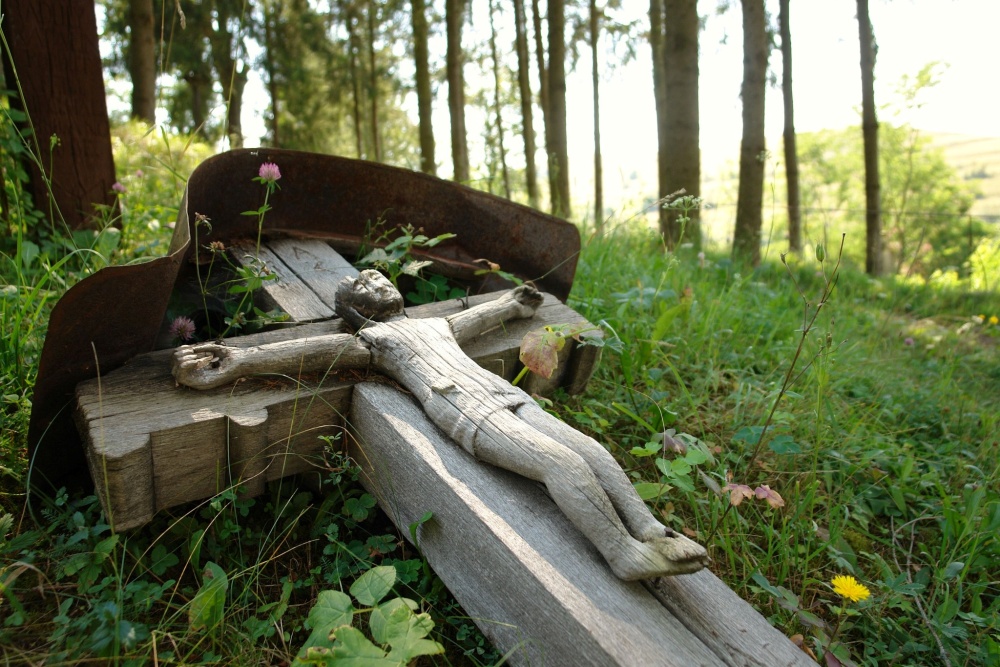
The exhibition of works by Hungarian artists from abroad was presented in several other towns in Hungary before.Continue reading

In Hungary and most European countries, spring is when Easter, one of the most important Christian holidays, is celebrated. In addition to folk traditions, church rituals are also linked to the celebrations.
Easter is one of the most important and biggest celebrations in the Christian Church. Its associated feasts are among the movable ones, with Easter Day falling on the first Sunday after the spring full moon, between March 22 and April 25, based on church regulations dating from 1582.
Almost every nation has customs associated with Easter. Many of these traditions have not been incorporated into the festive rituals of the Christian religion, but have survived in parallel as the festivities of village communities.
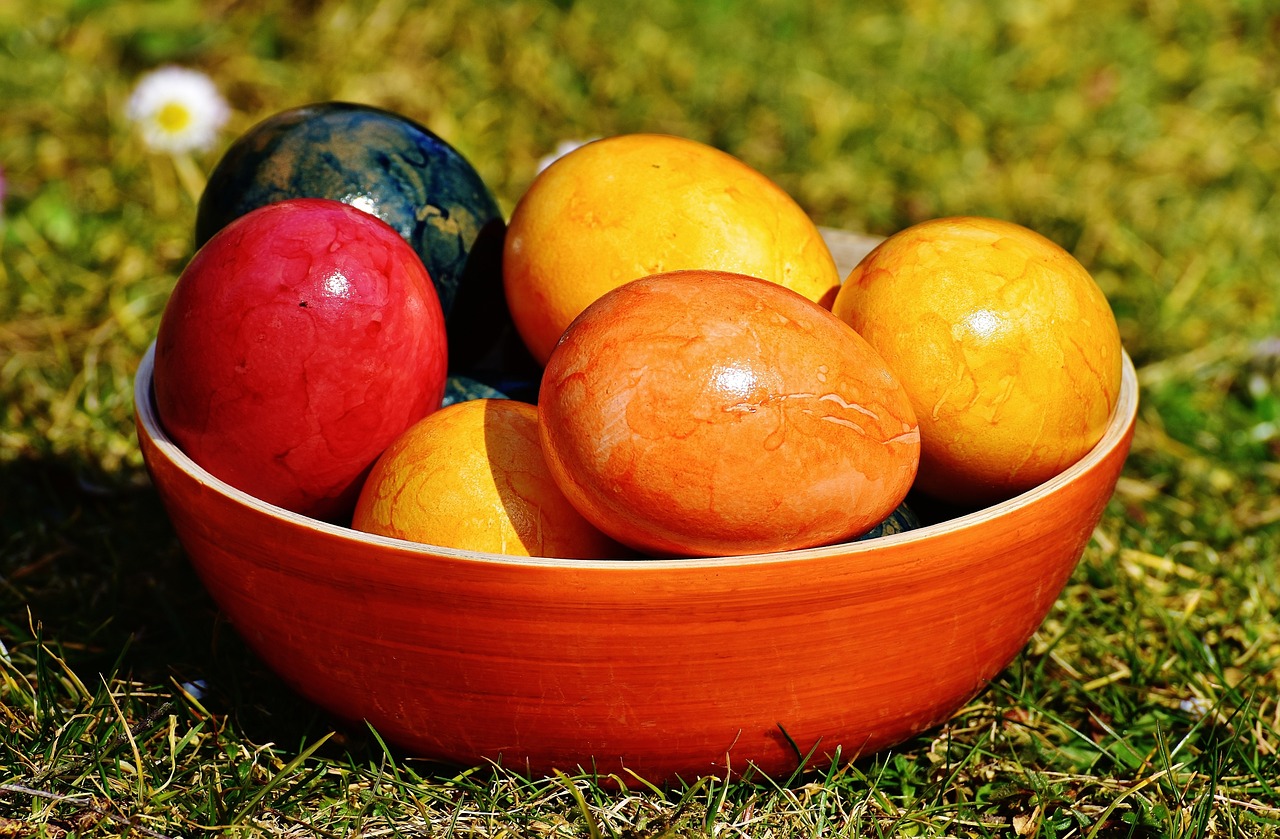
Photo via Pixabay
The word Easter is associated with Eostre (or Eostrae), who was the Anglo-Saxon goddess of spring and fertility. In the Hungarian word for Easter, “Húsvét,” “hús” means “meat” and “vét” is a form of the word “take;” this simply refers to the end of the biggest period of fasting in Christian religion. After 40 days of fasting, Christians can eat meat for the first time when Húsvét begins. Although fasting used to be mainly about meat and fat-free eating, it is now understood by many people in many different ways: the idea is that fasters give up something important to them for this time.
On Palm Sunday (the festival commemorating Christ’s triumphal entry into Jerusalem), before the High Mass, a pussy willow (barka in Hungarian) is consecrated. Tradition has it that a consecrated pussy willow is a ward against evil, and a healer.
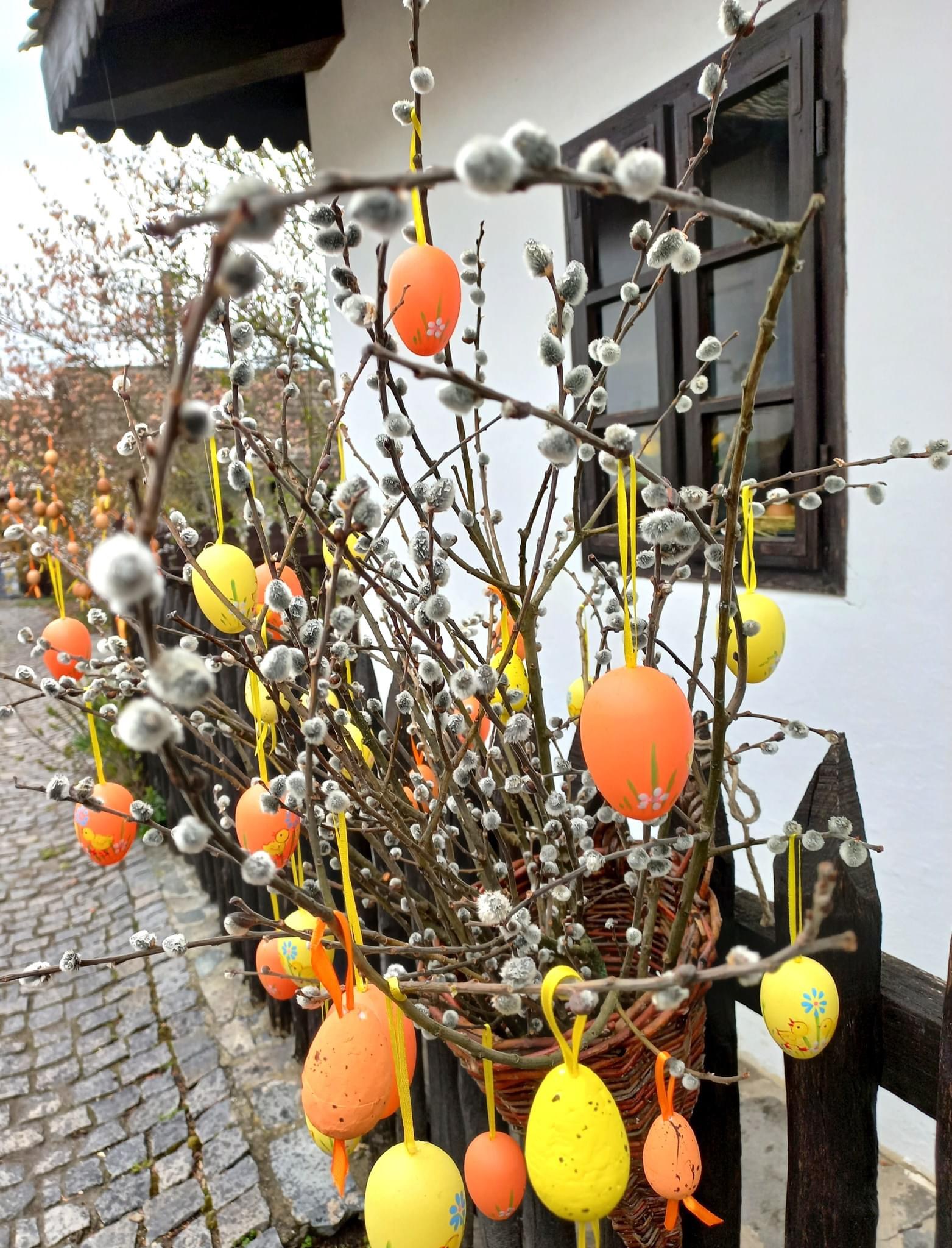
Photo via Facebook/Lankás Vendégház – Hollókő
There are several customs associated with Maundy Thursday (marking the Last Supper of Christ on the Mount of Olives, followed by his arrest and the beginning of his Passion).
On this day, church bells are silenced as a sign of mourning and are not rung until Holy Saturday.
However, children and sometimes adults make a lot of noise, hitting or even setting Pilate’s image on fire, to make Pilate suffer for betraying Jesus. In Hungary, Maundy Thursday is also known as Green Thursday and is usually celebrated by Hungarian believers with eating something green, such as spinach, in the hope of a good harvest and for the fasting season.
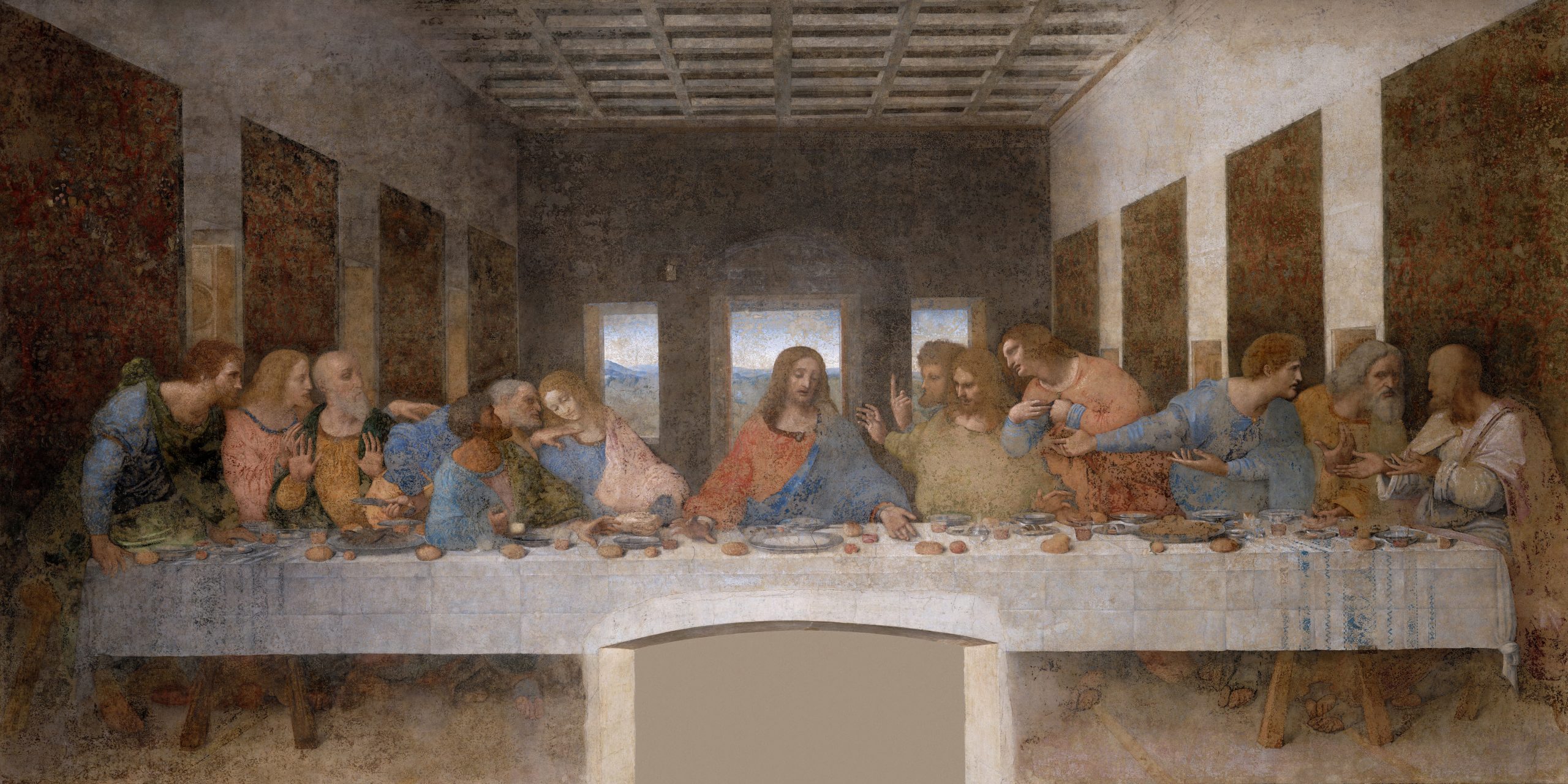
The Last Supper by Leonardo Da Vinci. Photo via Wikipedia
In addition to liturgical customs, Good Friday (the day of Jesus’ death on the cross, a time of fasting and mourning) is also associated with superstitions: people bathed in fresh well or stream water on this day, and even drove their animals to the water, because it was believed that clean water would protect them from disease. At the end of the Good Friday Mass, the altar is taken to a special place of safekeeping, everything is taken down from the altar (“altar-robbing”), leaving only the candlesticks and the cross to symbolize Jesus’ suffering and the stripping of his clothes. On Good Friday, believers abstain from eating meat, and are allowed to eat no more than three meals.

Photo via Facebook/Attila Gellért
The Resurrection procession is on Holy Saturday (the day before Easter, marked by the death of Christ).
This is when the 40 days of fasting ends and church bells ring again.
On Easter Sunday (Resurrection Sunday, when Christians celebrate the risen Christ), many people still take their baskets of bread and ham to church to be blessed by the priest, as this day includes the tradition of consecrating food. Believers go to the morning mass with a covered basket of lamb, bread, eggs, ham, and wine. It is also a day of prohibition: no sweeping, no cooking, no driving out and no caging of animals.
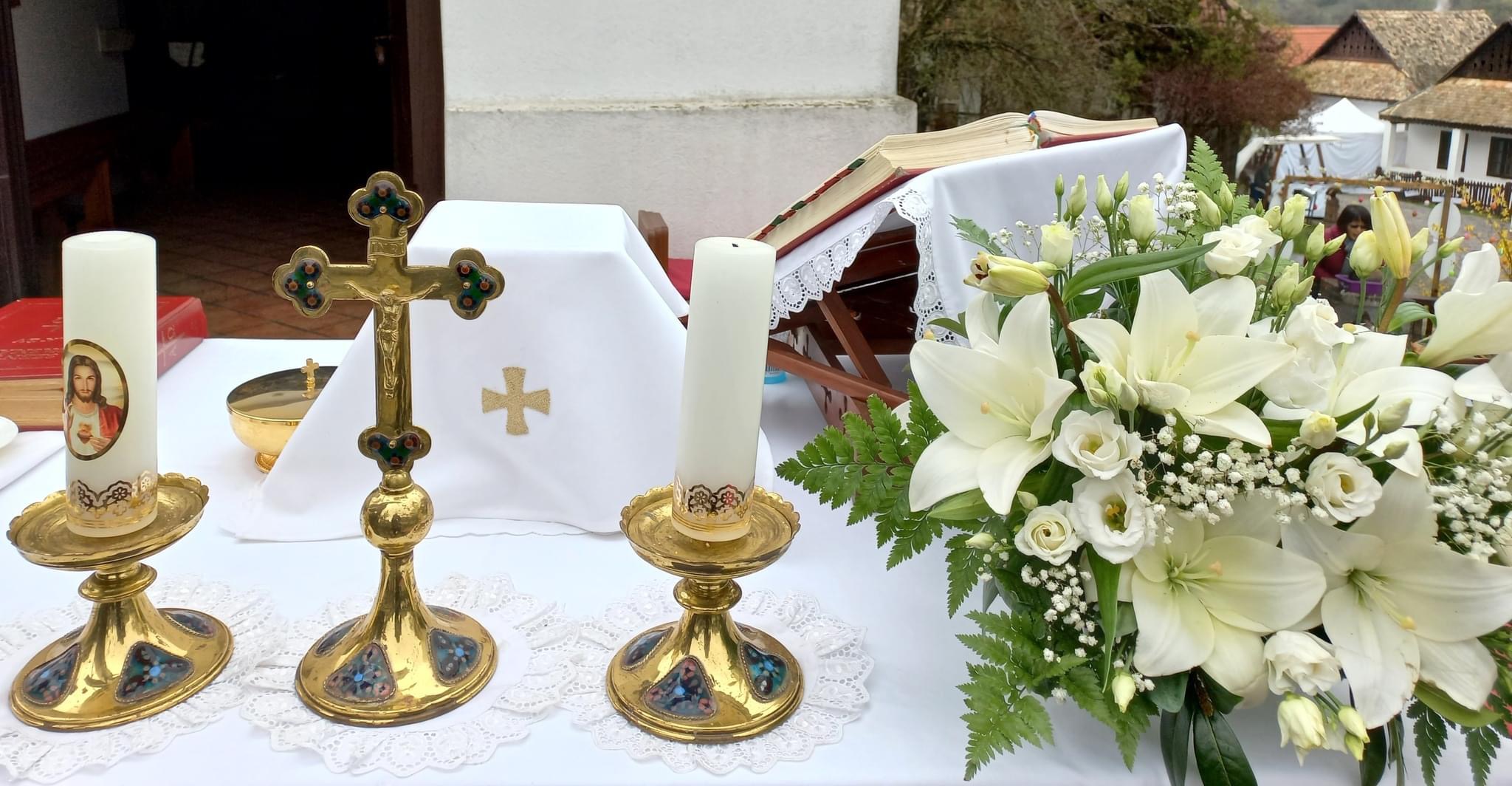
Photo via Facebook/Lankás Vendégház – Hollókő
The tradition of sprinkling and the gift of eggs is an Easter Monday tradition.
It is based on the pre-Christian belief in the purifying, fertility-enhancing power of water. According to popular tradition, the men would go round the houses and water the girls and women, accompanied by various poems and songs. In return for the “watering,” the girls would give the men red eggs. This color is a symbol of love and life, and legend has it that the blood of Christ on the cross dripped down and colored the eggs in the basket of a woman who was praying beneath.
According to some beliefs, the festive season does not end there: a week after Easter, on the Second Sunday of Easter (Divine Mercy Sunday), girls and women send each other gift baskets (komatál in Hungarian) to strengthen their friendship. The Easter period ends with Pentecost, the coming of the Holy Spirit.
Featured image viaFacebook/Lankás Vendégház – Hollókő